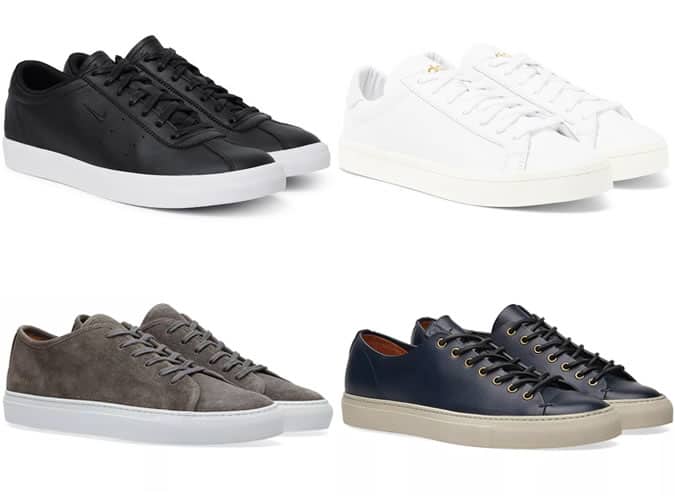As fashion guidelines go, it’s as outdated because the ban on blue and black, or solely carrying joggers within the gymnasium, however relating to footwear types, brown on the town is seemingly nonetheless frowned upon, even right this moment.
Simply final 12 months, a research by the Social Mobility Fee discovered that funding banks had been much less prone to rent candidates from deprived backgrounds who didn’t put on black footwear at interview. Not attending Oxford in all probability had extra sway than donning the flawed Oxfords, however the report concluded that costume performed a “material role” within the choice course of as demonstration of “fit” (pun supposed).
Even when your line of labor is significantly much less old fashioned – otherwise you managed to get a job at JP Morgan, which lately launched a business-casual costume code – footwear stays an occupational hazard. Trainers may be extra relaxed than Oxfords, however unwritten guidelines nonetheless apply. And whether or not it’s discriminatory or not, you’re going to be judged by your footwear. So observe our information and get off on the precise foot as an alternative of placing one flawed.
Oxford Footwear
The definition of formal footwear, an Oxford shoe is customary situation for formal company workplaces. “An Oxford is defined by the ‘vamp’ or front of the shoe being stitched on top of the ‘quarter’ or back,” explains Tim Little, proprietor and artistic director of heritage shoe agency Grenson. “This creates a telltale ‘V’ shape separating the eyelets.”
How To Put on Them
Each time ceremony is stood on. “In the olden days, an Oxford would be worn in the City and nothing else would do,” says Little. “It’s still a shoe that looks better formal than casual.”
Plain-toe or whole-cut types skew most formal as including element tends to subtract from a shoe’s smartness. However even with a cap toe or broguing, Oxfords pair greatest with fits or trousers; at a push, a tan pair of Oxford brogues may marry with chinos or denim, however their slenderness makes them uneasy bedfellows with much less refined legwear.
“I still never wear anything but an Oxford with a tuxedo,” provides Little. And he doesn’t imply the Texan selection.
The place To Put on Them: Within the boardroom, when anything may get you fired.

Key Types
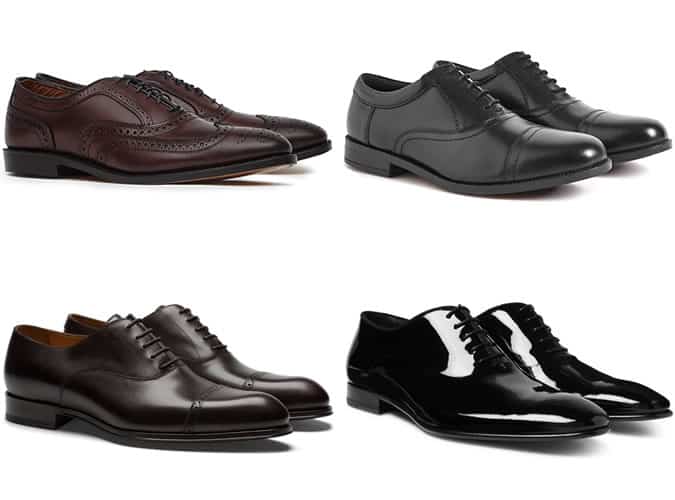
Derby Footwear
“This is the opposite of an Oxford,” says Little. “With the Derby or ‘Gibson’, the ‘vamp’ or front is stitched under the ‘quarter’ or back. This means that the eyelets are on two facings that are free to open right up.” Which means the shoe is actually and figuratively looser than an Oxford.
How To Put on Them
“Traditionally this was a weekend or country style, as it’s more casual,” says Little. “However, nowadays it’s very popular and often worn as a smart shoe. I’d pair it with anything from jeans to suits.”
The Derby’s beefier profile enhances the previous, however also can distinction properly with a tapered, tailor-made leg for extra of a ‘look’; clear types have a utilitarian, even modern vibe that has seen them infiltrate numerous trend manufacturers’ collections.
Briefly, the Derby has a broad attraction. “It’s also easier to wear if you have a wide foot or a high instep because the facings open up, as opposed to the Oxford where the ‘V’ only opens so far,” provides Little.
The place To Put on Them: In all besides the very stuffiest elements of the Metropolis.

Key Types

Loafers
“A slip-on shoe without laces, normally with a moccasin construction, loafers are literally for loafing,” says Christian Kimber, the UK-born founding father of the eponymous Australia-based footwear and equipment label.
How To Put on Them
“Loafers go with literally everything – a jacket and tie, or a T-shirt,” says Kimber. “But personally I wear them with chinos or very casual tailoring – not with a formal suit”.
You possibly can slip them on together with your two-piece, by all means, however even the dressiest loafers, in extremely polished black leather-based reasonably than suede, retain an inherent informality. Within the movie Frost/Nixon, the previous president implies snidely that his interviewer’s laceless
An prolonged profile will higher steadiness out tailoring, as will a little bit of weight to the silhouette. (Penny loafers generally is a bit slight and stubby for this objective.) Kimber makes his with an elongated toe; he additionally provides a rubber sole for consolation and longevity.
The place To Put on Them: To paraphrase Nixon, “in a profession where you can get away with something like that”. Something from banking to actual property to the artistic industries.

Key Types
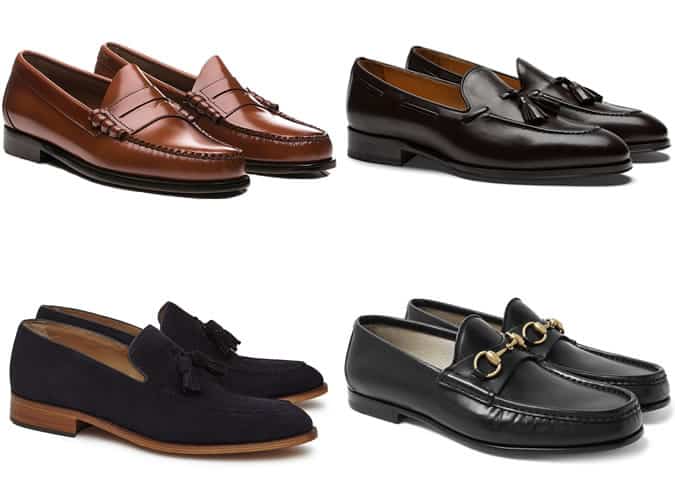
Monk-Straps
You don’t should be Sean Connery in The Title Of The Rose to work this one out. “Instead of laces, this shoe has a strap to keep it on foot, secured with a single, double or even triple buckle,” says Little.
How To Put on Them
By way of smartness, the monk kneels someplace between the Oxford and the Derby. “It’s a formal shoe that looks great with suits and trousers, but can also look fantastic with denim,” says Little.
With its steel {hardware}, the marginally flashier monk is accordingly worshipped by peacocking Italians, menswear disciples and anybody else who desires so as to add just a little extra swagger to their step.
“I like to see a silver buckle on a black monk and brass one on a brown monk,” provides Little. “The strap must be well-designed, not clumsy, and curve properly over the instep so that it doesn’t leave a gap.” That might be sacrilege.
The place To Put on Them: Wherever placing on a swimsuit for work is an aesthetic selection and never an ascetic one.
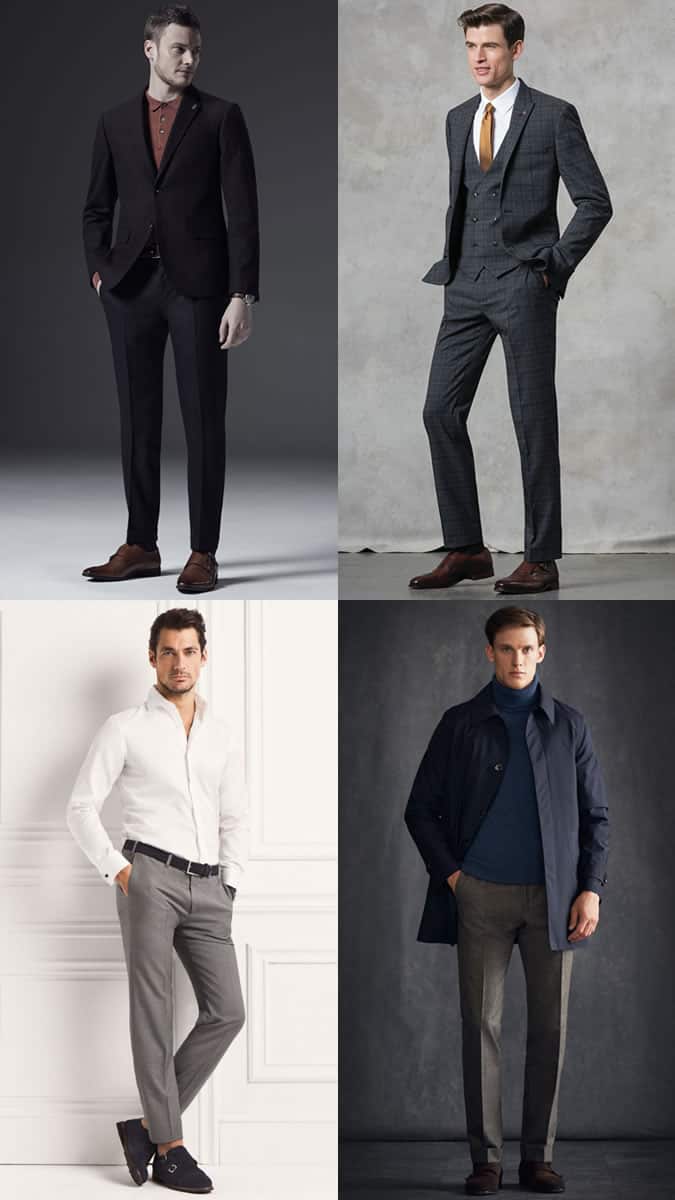
Key Types
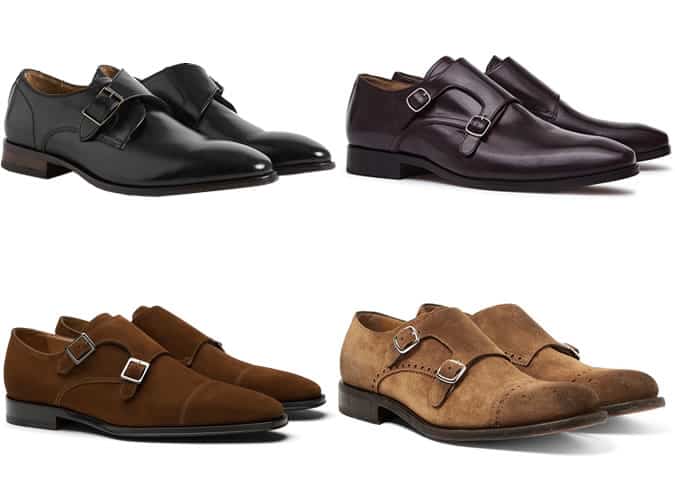
Chelsea Boots
A mid-height boot with elastic gussets to the edges, these striders stroll a trendy line between institution and insurrection. “Most Chelsea boots are constructed from a single piece of leather that’s stitched at the heel, which is a beautiful way to make a shoe – but also really difficult,” says Kimber.
How To Put on Them
Like equally laceless loafers and monk-straps, Chelsea boots reside someplace in the midst of the smart-casual spectrum: pinpointing precisely the place relies on the color, materials, detailing and, properly, pointiness of the instance in query.
“A chiselled style is more suited to tailoring than one with a round toe, which is more suited to casual looks or denim,” says Kimber. “One that works with both is the holy grail.”
Extra rock ‘n’ roll than an Oxford or Derby, a glossy Chelsea boot in black, darkish brown, or black and white leather-based pairs properly with a dagger-sharp swimsuit; a tan suede pair – maybe with an off-the-cuff crepe sole – will group together with your blues for the win. Simply watch the heel isn’t too excessive, Bruno Mars.
The place To Put on Them: Should you can pull them off as simply as you may pull them on, then virtually anyplace.
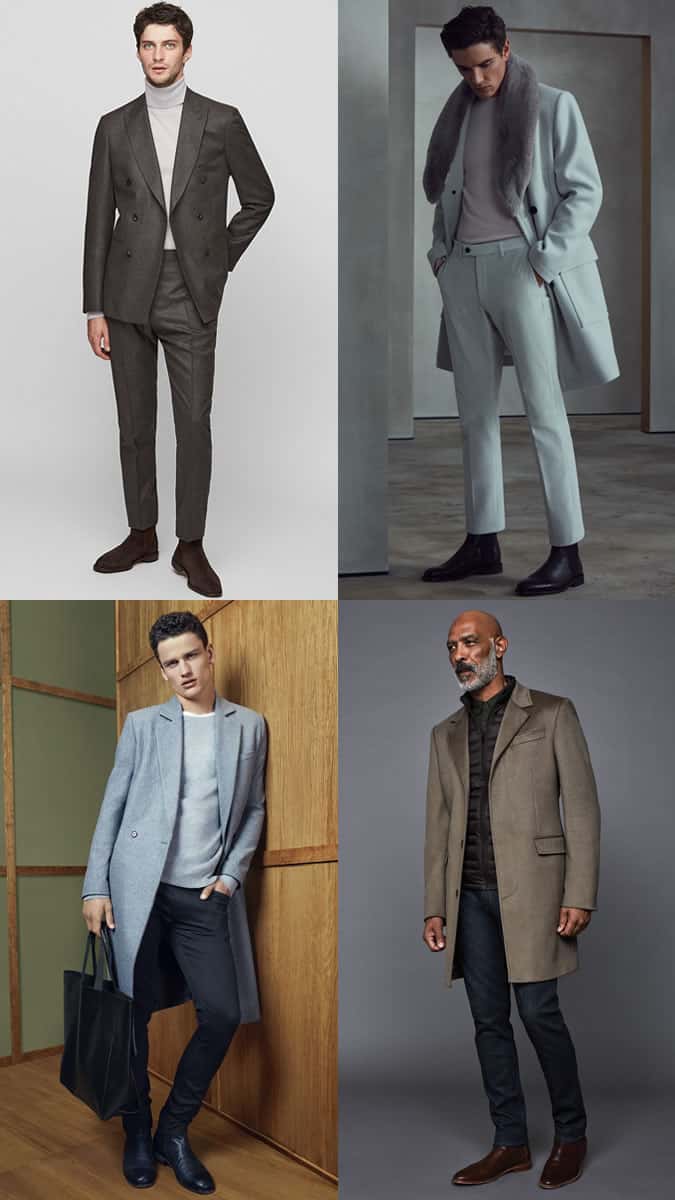
Key Types
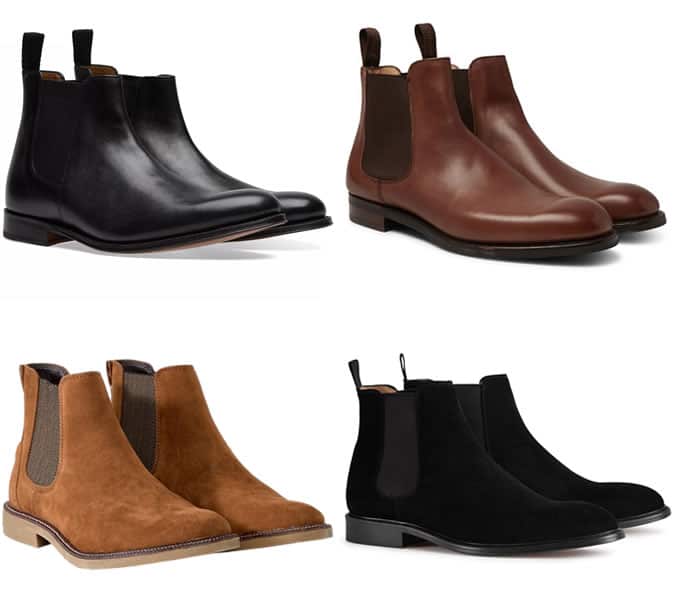
Trainers
What makes a coach office-appropriate? “Low-cut and not high-top, unless your office is dress code-free,” says Kimber. “Plus good stitching and quality leather, inside and out. Tennis styles work well.” Trainers not a lot.
How To Put on Them
Clearly, trainers are informal. So the remainder of your comparatively sensible outfit ought to meet them midway. “Don’t wear them with your normal work suit, but with a separate jacket and trousers, and pieces that sit between formal and casual: for instance, a soft-shouldered blazer, Oxford shirt and chinos,” says Kimber.
A proper swimsuit that has a extra aggressively ‘fashion’ (i.e. slim) minimize works equally as properly. Both approach, the sneakers (as they’re usually referred to as on this case) want adequate clout to offset tailoring with out being too clumpy; leather-based is dressier than canvas.
Pristine white trainers can look sensible, however additionally they draw the attention, whereas darker sneakers can fly underneath the radar. Some conventional footwear manufacturers – similar to Grenson, John Lobb and J.M. Weston – are even making trompe l’oeil trainers with polished uppers that might be ‘proper’ footwear at a look (albeit for a value).
The place To Put on Them: In ‘creative’ industries – or staid ones that need to seem hip.
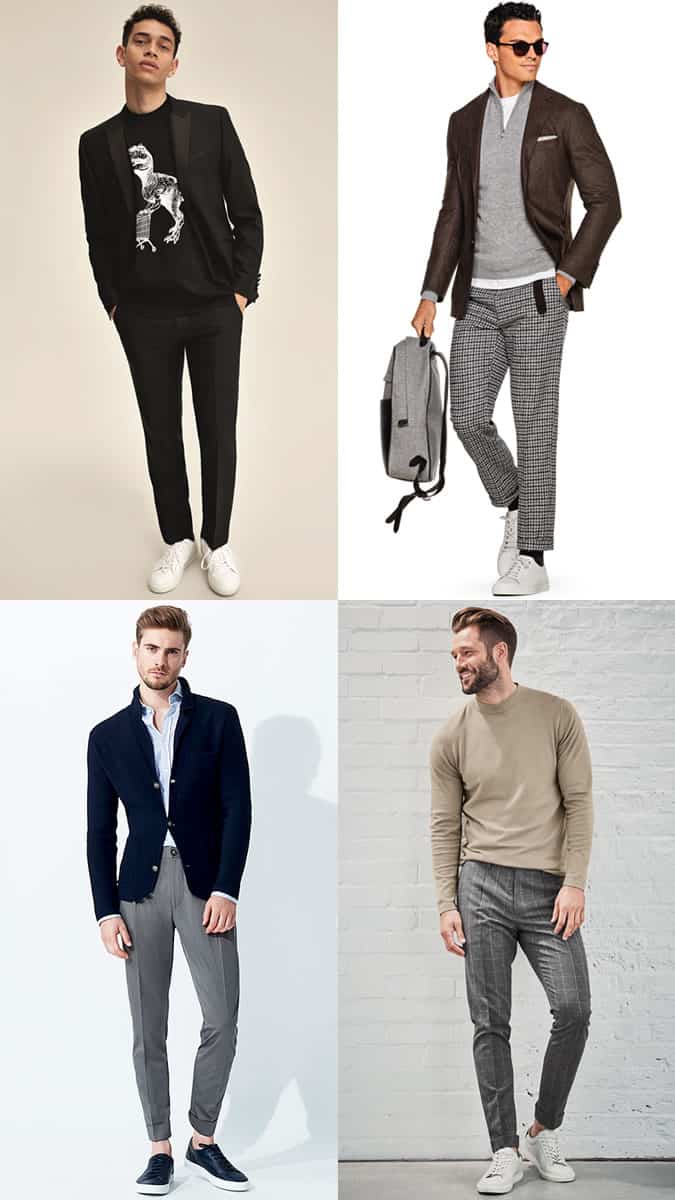
Key Types
